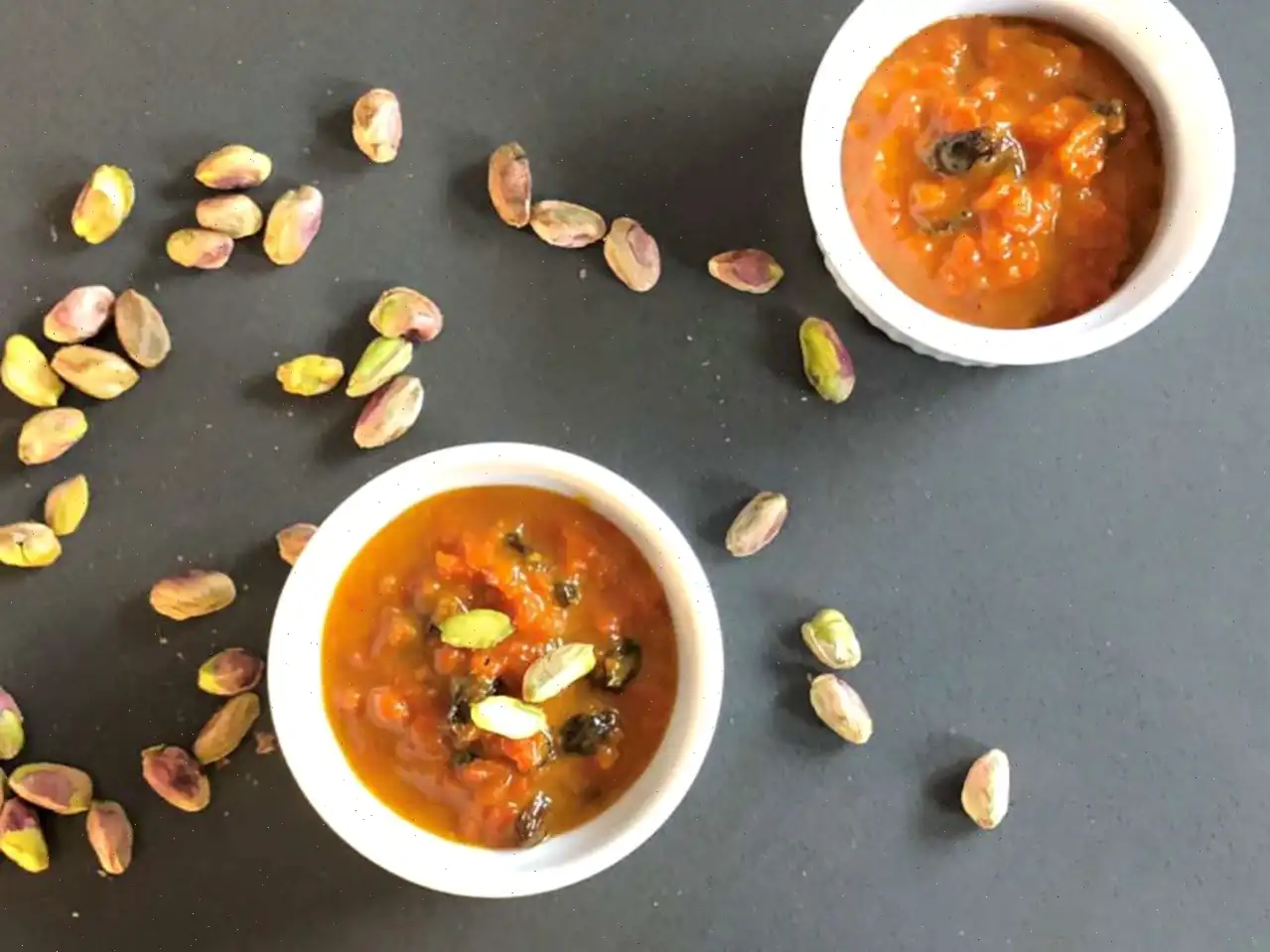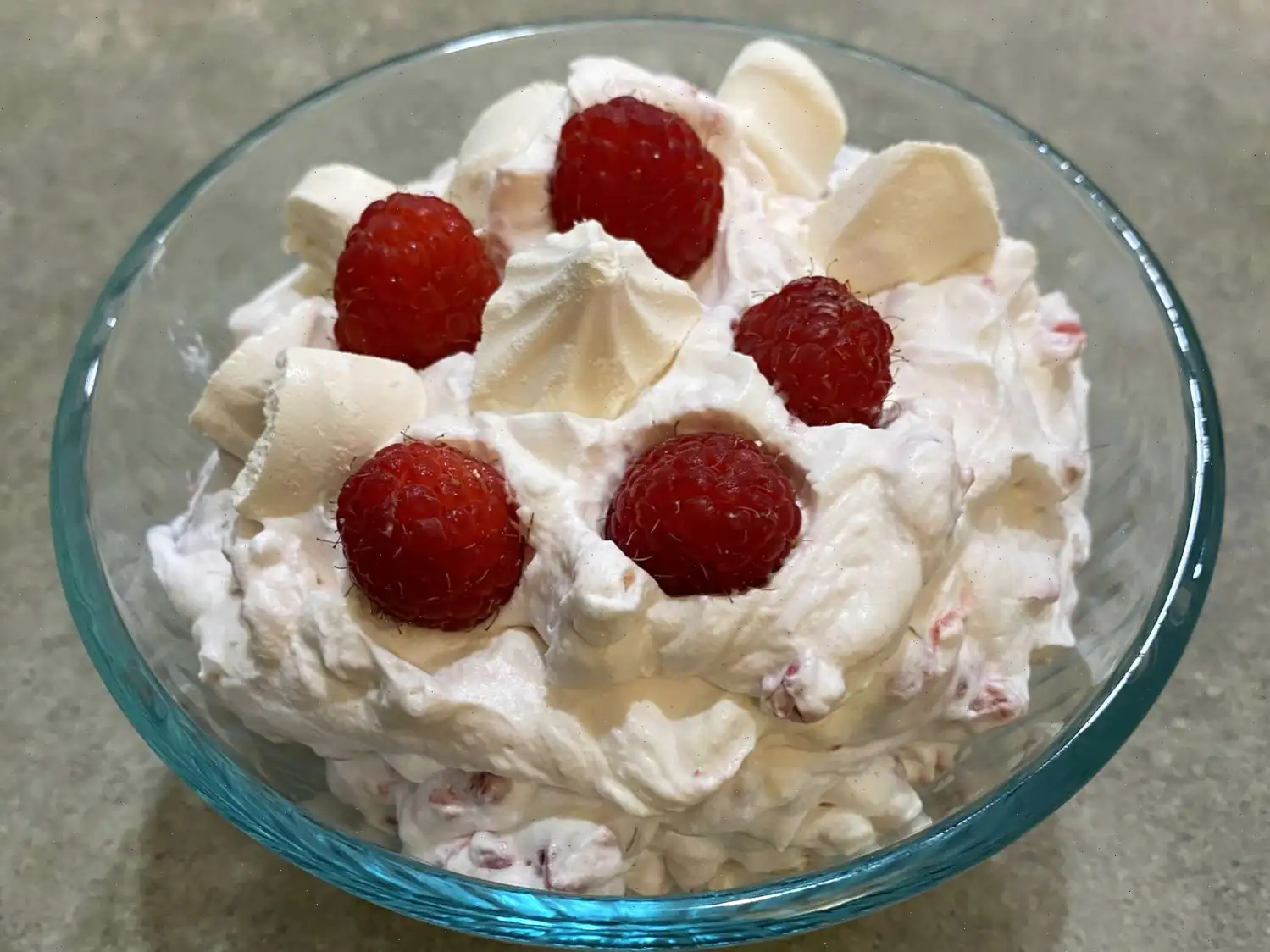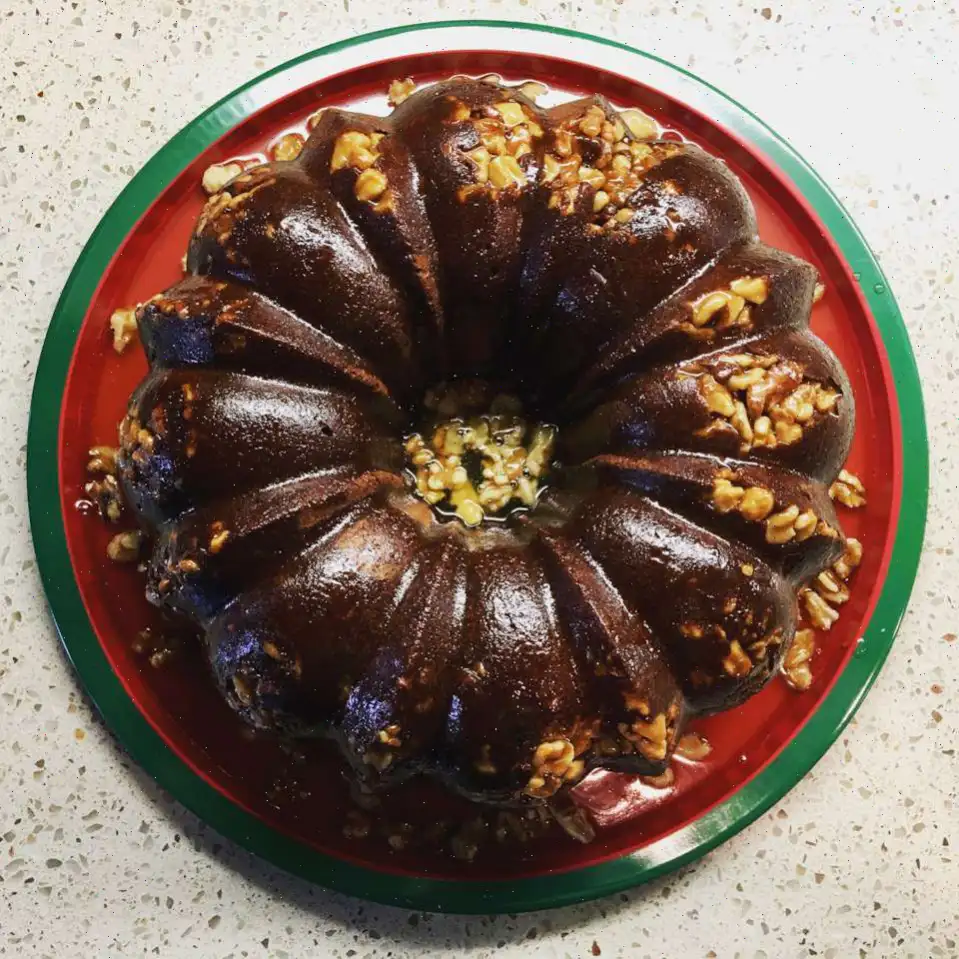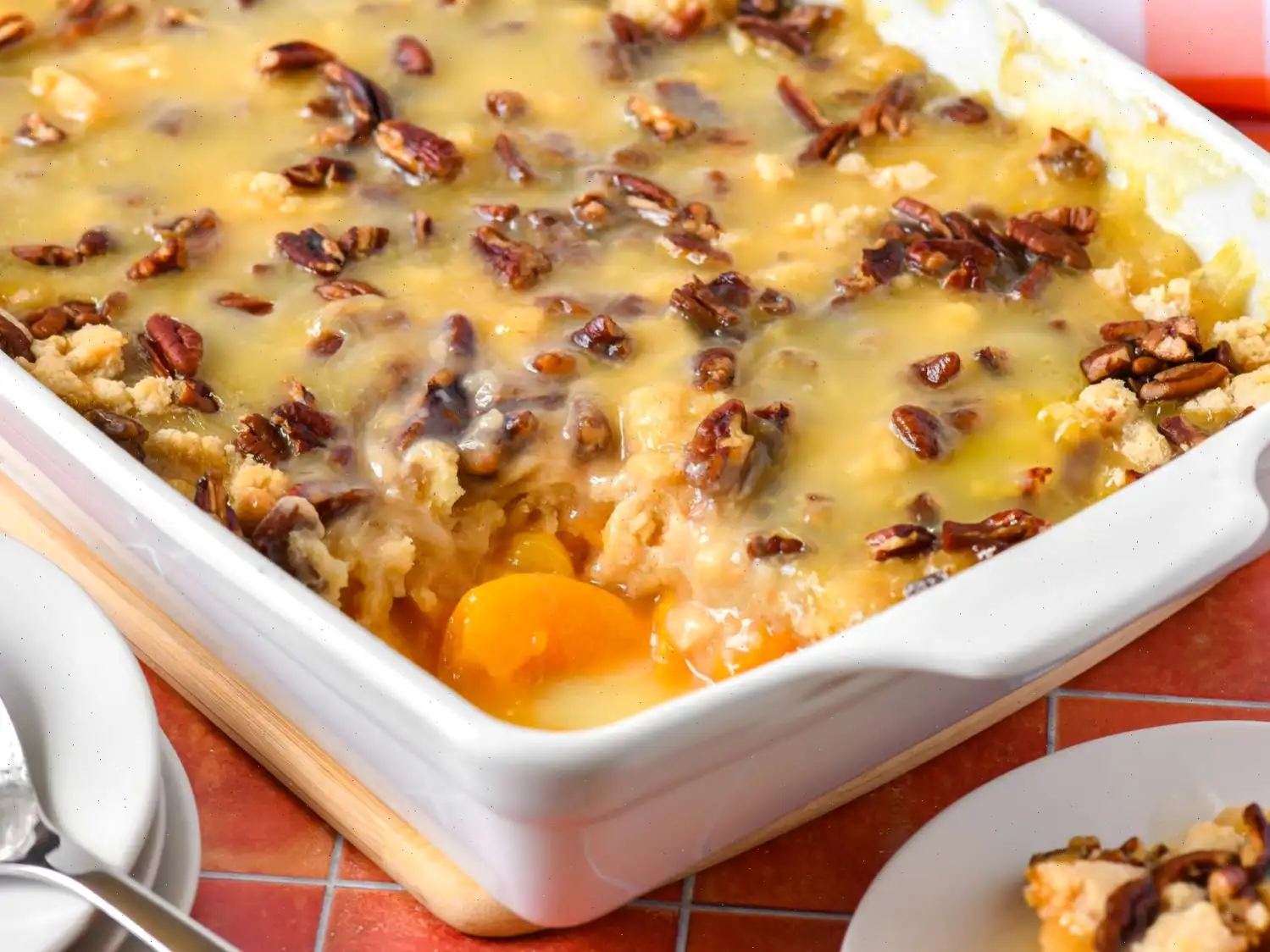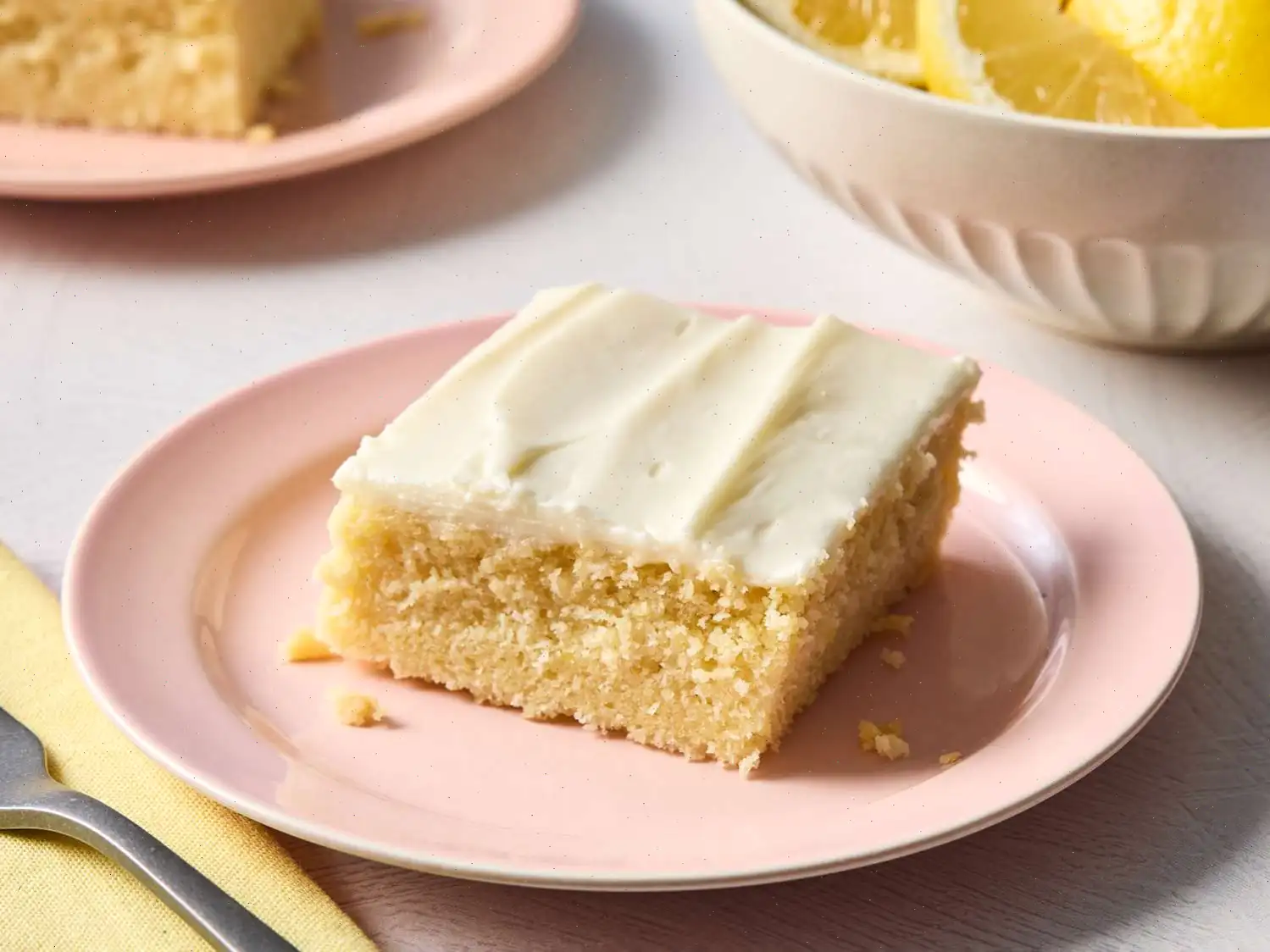
Gajar Ka Halwa (Carrot Halwa)
Carrot Halwa Recipe
Ingredients
- 2 tablespoons ghee or oil
- 2 pounds carrots, grated
- 1 quarts whole milk
- 2 cups white sugar
- cup raisins or sultanas
- 1 teaspoons ground cardamom
- 1 pinch saffron threads
- 8 tablespoons chopped pistachio nuts
Directions
- Heat the ghee or oil in a large saucepan over medium heat. Add the grated carrots and cook, stirring occasionally, for about 3 minutes.
- Pour in the milk, increase the heat, and bring the mixture to a boil. Stir constantly for 5 minutes.
- Reduce the heat to low and let the mixture simmer gently, uncovered. Stir occasionally until most of the moisture has evaporated, which should take about 1 hour.
- Bring the carrot mixture back to a boil, then add the sugar, raisins (or sultanas), ground cardamom, and saffron threads. Stir and cook until the mixture thickens, about 10 minutes.
- Once thickened, ladle the carrot halwa into 8 individual serving dishes.
- Top each serving with 1 tablespoon of chopped pistachios.
- Serve the carrot halwa warm, or chill it before serving if preferred.
Tips
For best results, use a hand grater to prepare the carrots. A food processor may make them too watery.
Nutrition Facts (per serving)
| Nutrition Fact | Amount | % Daily Value* |
|---|---|---|
| Calories | 459 | |
| Total Fat | 14g | 17% |
| Saturated Fat | 4g | 21% |
| Cholesterol | 18mg | 6% |
| Sodium | 187mg | 8% |
| Total Carbohydrate | 80g | 29% |
| Dietary Fiber | 5g | 16% |
| Total Sugars | 70g | |
| Protein | 9g | 18% |
| Vitamin C | 7mg | 8% |
| Calcium | 260mg | 20% |
| Iron | 1mg | 6% |
| Potassium | 792mg | 17% |
*Percent Daily Values are based on a 2,000 calorie diet. Your daily values may be higher or lower depending on your calorie needs.

Description: Gajar Ka Halwa, or Carrot Halwa, is a beloved Indian dessert made by simmering grated carrots in sweetened milk with spices like cardamom and saffron. The rich, creamy dish is often garnished with pistachios and raisins, making it a comforting treat enjoyed across India, especially during festivals like Diwali.
Origin and History
Gajar Ka Halwa has its roots deeply embedded in Indian culinary traditions, with origins tracing back to the Mughal era. It is believed that the Mughal emperors, known for their extravagant feasts, popularized the idea of cooking desserts with milk and sugar. The carrot, though native to Europe and Central Asia, was adapted by Indian chefs to create this dish. Its vibrant color and rich flavor soon made it a festive favorite in North India, where the climate is ideal for growing carrots. Over time, this dish has spread across the Indian subcontinent and beyond, becoming a staple in homes and restaurants alike.
Regional Variations
While Gajar Ka Halwa is universally loved in India, there are slight regional variations that set it apart from place to place. In Punjab, the dish is often prepared with full-fat milk, making it especially rich and creamy. In Rajasthan, the addition of khoya (reduced milk) intensifies the flavor and texture. In the southern states, some versions incorporate coconut, adding a unique twist to the traditional recipe. Regardless of regional differences, the essence of the dish remains the samesweet, aromatic, and comforting.
Differences from Similar Dishes
Gajar Ka Halwa stands out among other Indian desserts for its distinct combination of carrots and milk, which creates a creamy texture thats both smooth and slightly granular. Unlike other halwa variants made from different vegetables or fruits, such as lauki ka halwa (bottle gourd halwa) or sheer khurma (vermicelli dessert), Gajar Ka Halwa has a natural sweetness from the carrots, making it less sugary. Furthermore, the use of spices like cardamom and saffron imparts a warm, aromatic flavor profile that is characteristic of many traditional Indian sweets.
Where Is It Typically Served?
Gajar Ka Halwa is often served at special occasions, particularly during Indian festivals like Diwali and Holi. It is also a popular offering during weddings, family gatherings, and celebratory meals. In restaurants and homes alike, it is frequently served warm as a dessert after a hearty meal. Additionally, many people enjoy it chilled, especially during the hotter months, when it offers a refreshing contrast to the warm weather.
Interesting Facts
- Gajar Ka Halwa is not only delicious but also packed with nutrients. Carrots are rich in vitamins A and C, while the milk provides calcium and protein, making this dish a healthy indulgence.
- The dish is so beloved in India that many consider it a symbol of prosperity and good fortune, often preparing it during auspicious occasions like New Year's Day.
- While traditionally made with carrots, there are modern variations of the recipe that use beets or pumpkin, offering a twist on the classic.
- Though Gajar Ka Halwa is primarily associated with North India, it has gained immense popularity in neighboring countries like Pakistan, Nepal, and Bangladesh.
FAQ about Gajar Ka Halwa (Carrot Halwa)
Comments
Stephen Lewis
06/01/2024 03:35:22 PM
Super easy and incredibly tasty


